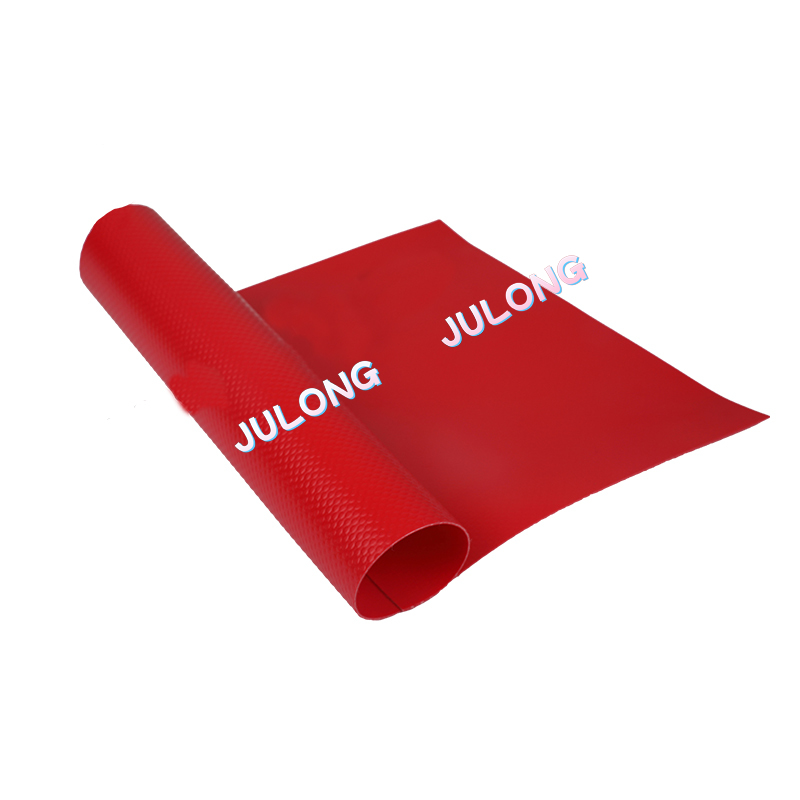Airtight PVC Coated Polyester Fabric is generally designed to be flexible and malleable. The flexibility and malleability of the fabric are crucial characteristics, especially in applications where the material needs to conform to various shapes or structures. Here are some reasons why Airtight PVC Coated Polyester Fabric is known for its flexibility:
Polyester Base:
The base fabric of Airtight PVC Coated Polyester is typically made of polyester. Polyester fibers are inherently flexible and have good tensile strength, allowing the fabric to bend and stretch without losing its structural integrity.
PVC Coating:
The PVC (Polyvinyl Chloride) coating applied to the polyester fabric contributes to its flexibility. PVC is a flexible and versatile material, and when applied as a coating, it enhances the overall pliability of the fabric.
Plasticity of PVC:
PVC is known for its plasticity, meaning it can be easily molded and shaped under the right conditions. When PVC is coated onto polyester fabric, it imparts a degree of plasticity to the fabric, allowing it to adapt to different forms and contours.
Weave Structure:
The weave structure of the polyester fabric also plays a role in its flexibility. The way the polyester fibers are interlaced or woven can affect how well the fabric can bend and flex.
Applications Requiring Flexibility:
Airtight PVC Coated Polyester Fabric is often used in applications where flexibility is crucial, such as in the construction of inflatable structures, tents, or temporary shelters. The fabric needs to be able to stretch and conform to the inflatable forms or various architectural designs.
Ease of Installation:
The flexibility of the fabric makes it easier to handle during installation. Whether it's being used as a cover, membrane, or enclosure, the fabric's flexibility allows for easier manipulation and fitting.
Resistance to Cracking:
A good-quality PVC coating on polyester fabric provides flexibility while resisting cracking. This is important for applications where the material may undergo repeated folding or bending without compromising its airtight properties.
Durability in Folding and Unfolding:
In applications like inflatable structures, where the fabric may undergo frequent folding and unfolding, the flexibility ensures that the material can endure these movements without developing weaknesses or damage.



 English
English عربى
عربى







